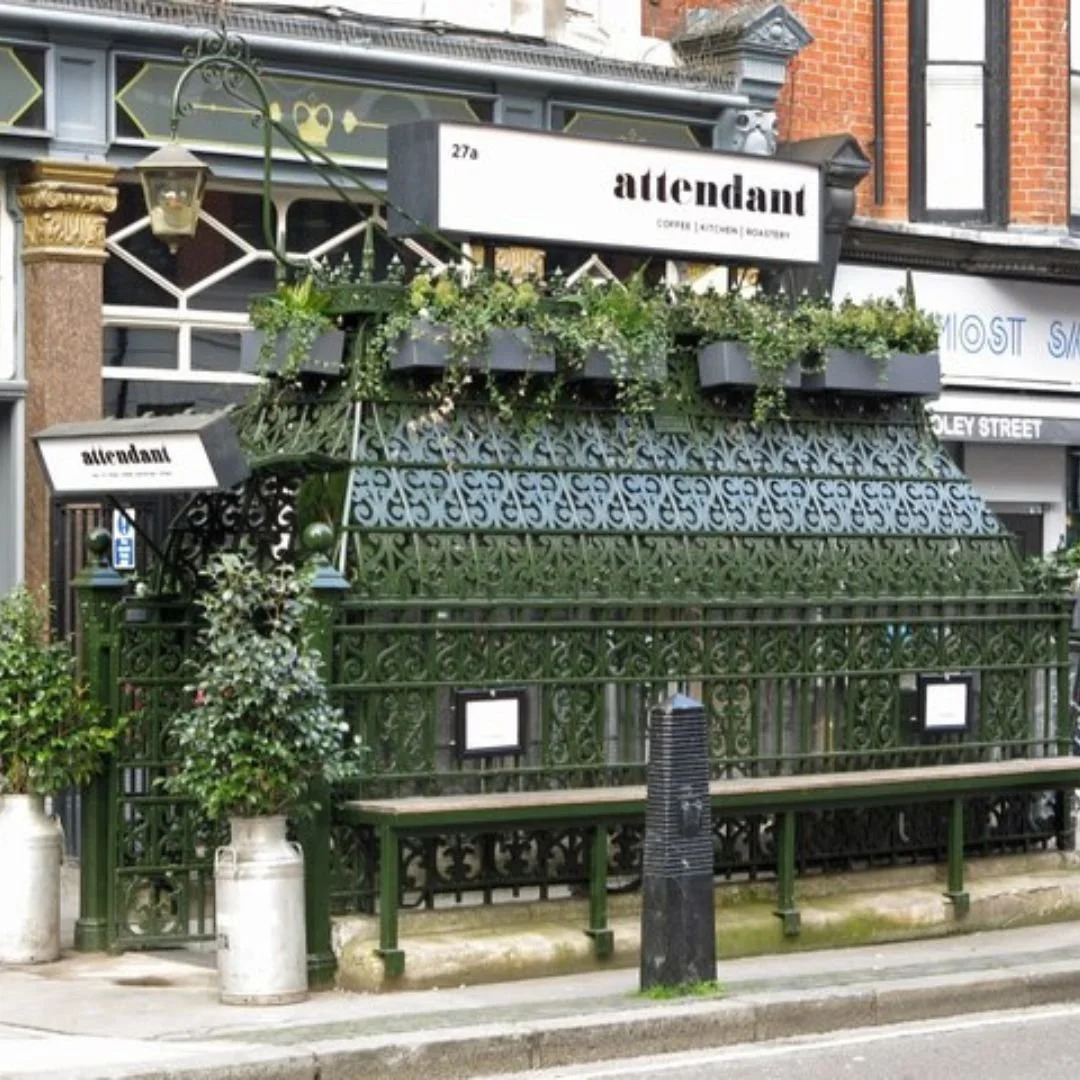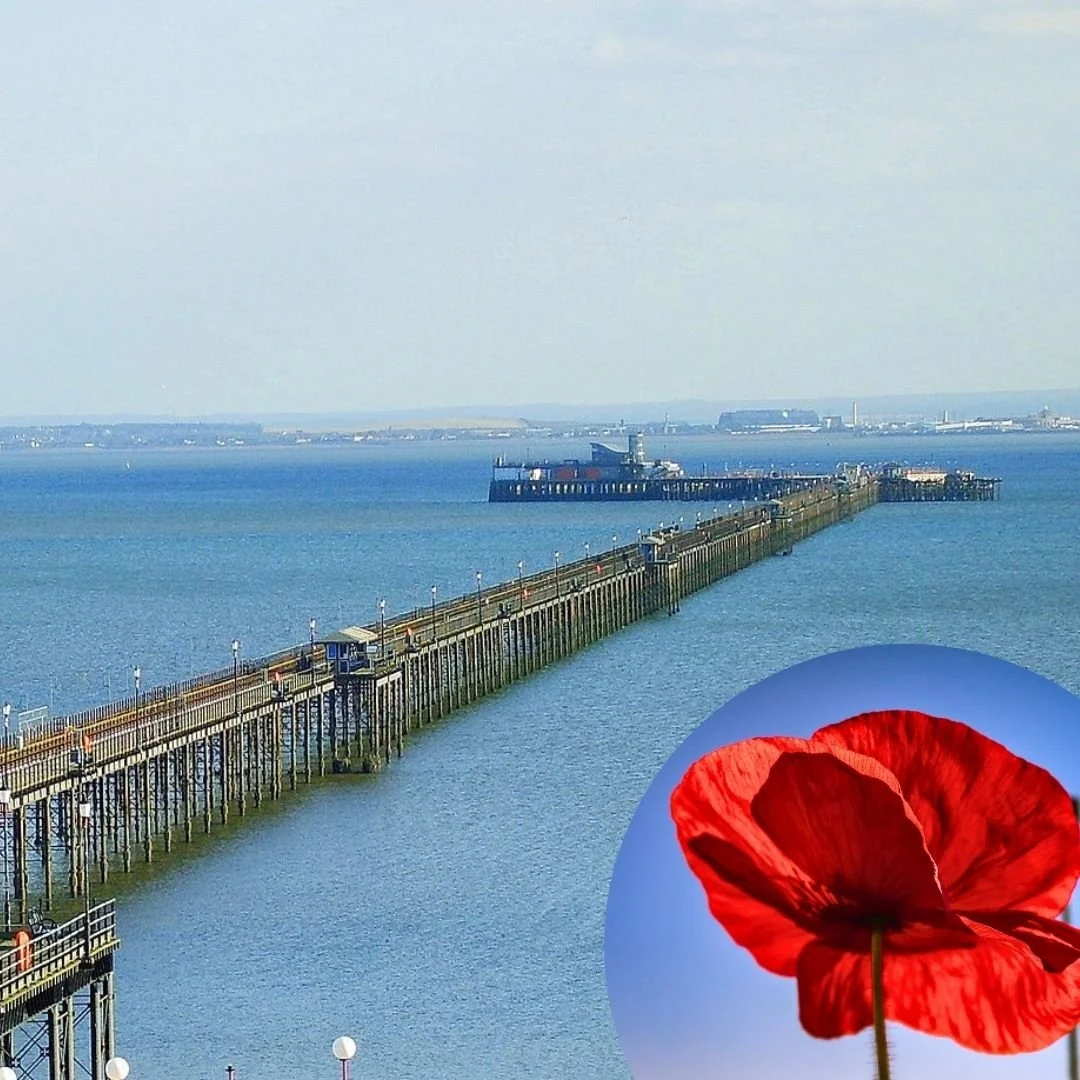HMS Unicorn, Scotland To Be Restored
The 200 year-old HMS Unicorn in Scotland has been awarded 800k for its restoration.
Unicorn is the third oldest warship in the world and the third oldest Royal Navy vessel still in existence.
The oldest Royal Navy vessels are her sister HMS Trincomalee, and the iconic HMS Victory in Portsmouth.
Based in Scotland, the 46-gun frigate has faced significant deterioration since it was first launched in 1824.
Over time, the vessel has faced significant deterioration due to age and environmental factors.
In response, the Unicorn Preservation Society initiated "Project Safe Haven," a comprehensive, multi-year conservation effort aimed at securing the ship's future.
The project encompasses extensive repairs and maintenance, including replacing decayed timbers and addressing structural weaknesses.
A key component involves relocating the ship to the refurbished East Graving Dock in Dundee, providing a more suitable environment for preservation.
Plans also include constructing a new dockside visitor centre to enhance public engagement and educational outreach.
In January 2025, the project received a significant boost with a £796,000 grant from the UK National Lottery.
However, to fully realise the £12 million restoration plan, the society must raise an additional £650,000 by April 2025 to demonstrate the project's viability.
These efforts aim to preserve HMS Unicorn's historical integrity while ensuring it remains a valuable cultural asset for future generations.
The ship also received £1.11m from the National Heritage Memorial Fund (NHMF) in July 2023.
HMS Unicorn was originally built in Chatham Dockyard, designed as a Leda-class frigate, a type of warship known for its speed and firepower.
Unlike most of its contemporaries, Unicorn was never fully rigged for sea service, as she was built during a transitional period in naval warfare.
Steam power was beginning to emerge, rendering traditional sailing frigates obsolete.
To preserve her structure, a roof was installed, which remarkably helped maintain her condition over the centuries.
Although HMS Unicorn was constructed for active duty, she never saw combat.
Instead, she spent much of her early life in reserve, moored at various dockyards.
This unique situation meant that she remained largely unmodified, unlike many of her sister ships that underwent significant alterations or were eventually scrapped.
In the 19th century, she served as a training and accommodation ship for the Royal Navy, supporting the growing needs of naval personnel.
Her stationary role continued into the 20th century when she was transferred to Dundee in 1873, where she became a reserve training vessel for the Royal Naval Reserve.
Despite numerous conflicts, technological advancements, and changing naval priorities, HMS Unicorn remarkably survived when most of her contemporaries were lost to war or dismantling.
Her roof, originally added to protect her from the elements, became a crucial factor in her preservation.
During World War II, she continued to serve as a headquarters ship for the Royal Navy in Dundee, further cementing her status as an enduring naval asset.
Now permanently docked in Dundee, she serves as a museum ship, with her original structure and interiors largely intact.
Reacting to its restoration news on social media,. someone said: “This is good news.
”Most people don't realise how totally broke Britain was after WWII. It's a miracle ships like Unicorn, Victory, Cutty Sark, Hermione, and others were saved.
”From this side of the pond I hope Britain continues to preserve such amazing ships.”
If you enjoyed this blog post, please follow Exploring GB on Facebook for daily travel content and inspiration.
Don’t forget to check out our latest blog post below!
Thank you for visiting Exploring GB.

















